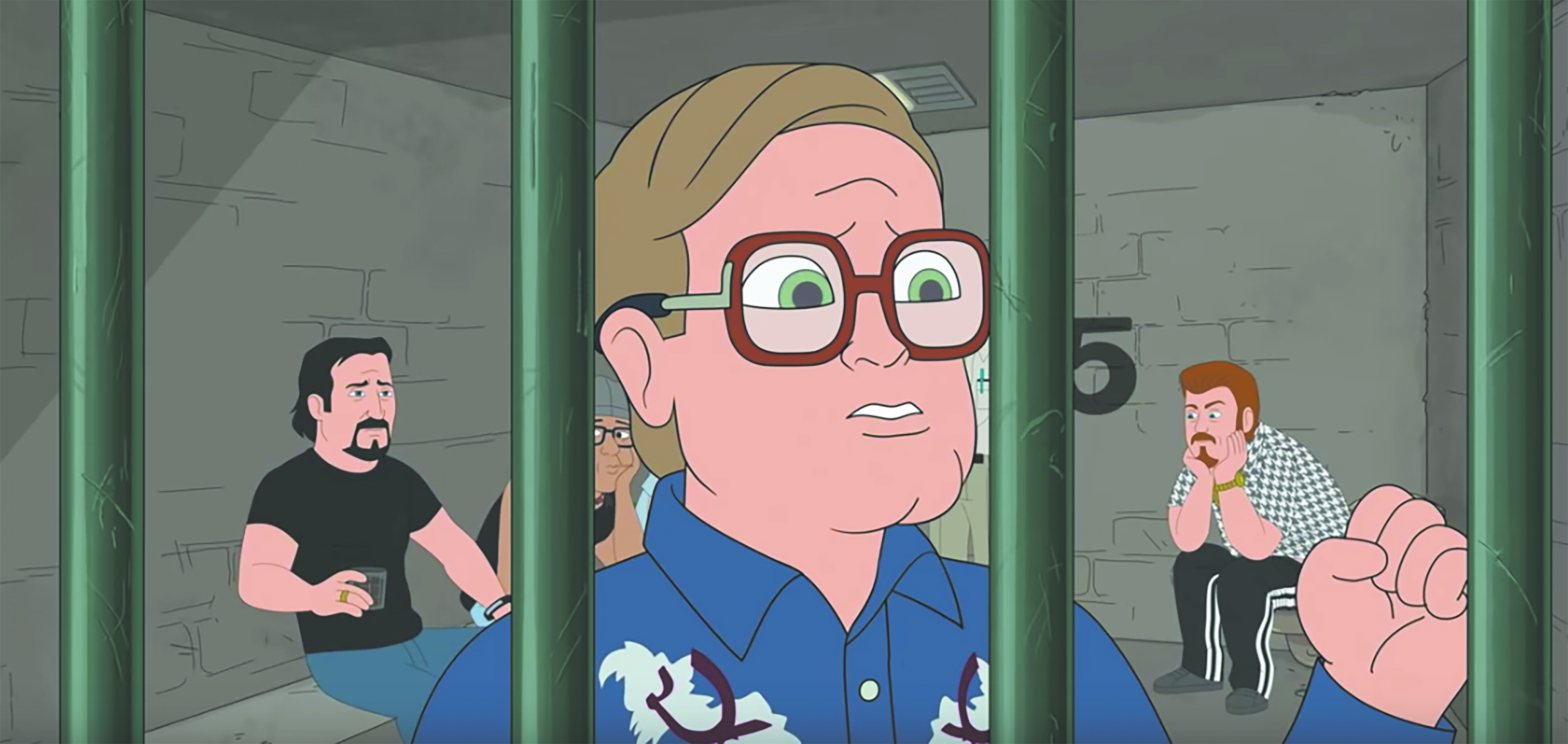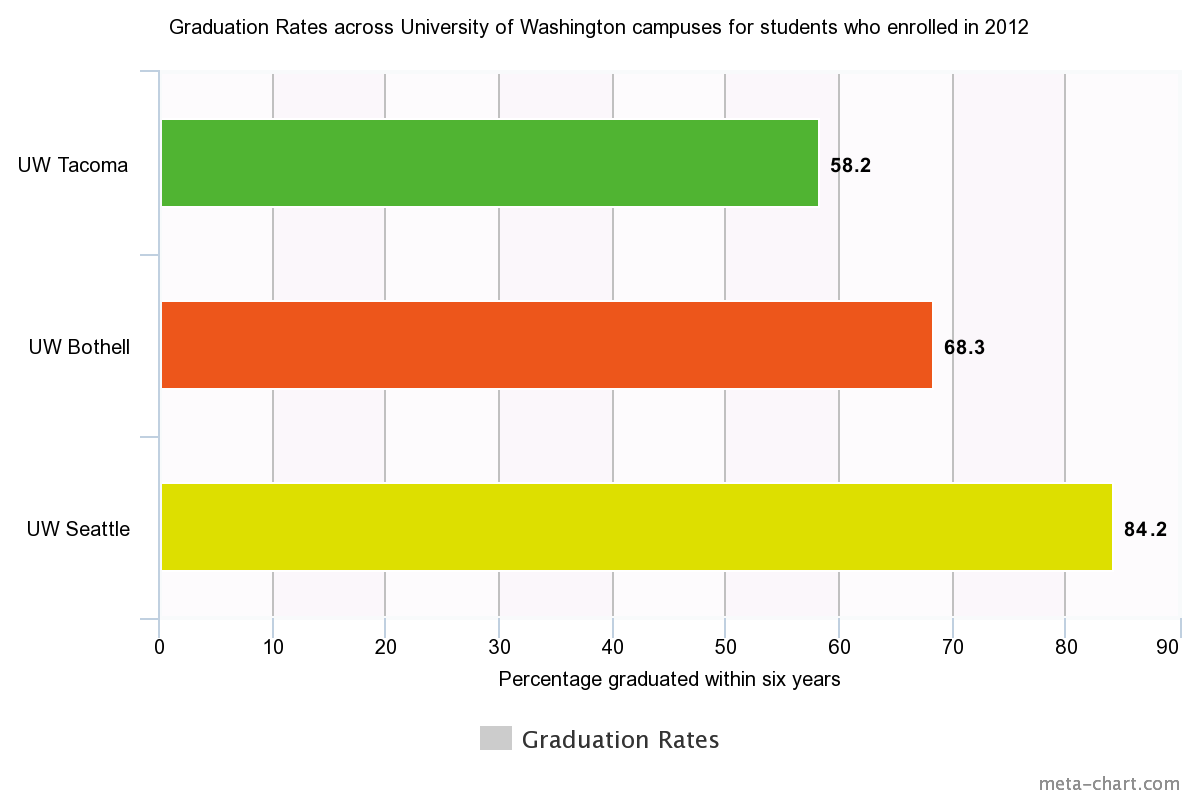UWT Student Investigators; Textbook Trouble: Students across the country struggle under the rising prices of textbooks
By Gabrielle Beardemphl
Textbook prices have risen dramatically over the past decade and have become an economic strain on college students across America.
High textbook pricing, according to a Student PIRG Education Fund survey conducted in the fall of 2013, led 65 percent of the 2,039 students surveyed to forgo purchasing a required textbook. Of those students who did not purchase a textbook, 94 percent were concerned their grade in the course will suffer as a result.
This may not be a simple case of students cutting corners to save a buck. The research shows textbook prices have risen considerably. From January 2006 to July 2016, consumer prices for college textbooks increased 88 percent, according to the Bureau of Labor Statistics.
A December 2018 story on Business Insider’s website found that the majority of the textbook publishing industry was owned by just five publishers: Pearson Education, Scholastic, McGraw-Hill Education, Cengage Learning and Houghton Mifflin Harcourt. These publishers control 80 percent of the industry — establishing a monopoly on the market that allows them to set high prices for booksellers and, ultimately, the book buyers.
“Being a retailer, we don’t sell at cost, so our prices are ultimately determined by how much the publishers charge us for the books,” said Joe Wright, the manager of University Bookstore’s Tacoma location.
“Textbooks will often differ in prices between the hard sciences and the humanities,” Wright said as he pointed out a loose-leaf Biological Science textbook that ranges from a used copy at $101.85 to $135.75 for a new one.
Comparatively, texts in literature courses often run below $20.
Some textbook publishers have managed to keep students paying large sums for their materials by bundling their new textbooks with access codes. These codes provide materials that professors are encouraged to integrate into their courses. However, the access codes can only be used once, making used textbooks obsolete and forcing students to buy new, expensive editions instead.
Brittany Walth, a junior at UWT, remarked that when she attended Tacoma Community College, “classes would require the access codes,” and then they “never even used” the programs. Walth said the courses which required access codes were science-based disciplines.
When asked about her experience with textbook requirements at UWT, Walth explained that she has not had as many difficulties with course materials or textbooks.
“I haven’t had problems with textbooks here,” she said. “Teachers also go out their way to find the information in different ways, such as academic articles.”
According to Walth, she spent only about $50 on textbooks during the winter quarter. In the fall, she spent about $300 on textbooks, but received $100 from the buyback program at the University Bookstore. So far, she is well under the $1,206 budget the UWT Admissions website suggests students allocate for textbooks in a nine-month academic year.
Access code embedded textbooks can potentially affect students experiencing economic instability and hardship and stymie programs created to reduce costs. The UWT library purchases textbooks over $75 for the purpose of loaning them out to students for periods up to four hours, but it explains on its website that it cannot provide books with single-use codes.
When faced with traditional textbook price frustration, there are ways to avoid paying top dollar for textbooks. In addition to library rentals, the University Bookstore offers used textbooks and rentals at a fraction of the cost of new editions. If these options are unavailable or too expensive, online retailers like Amazon offer new, used and electronic versions of many required course materials.


